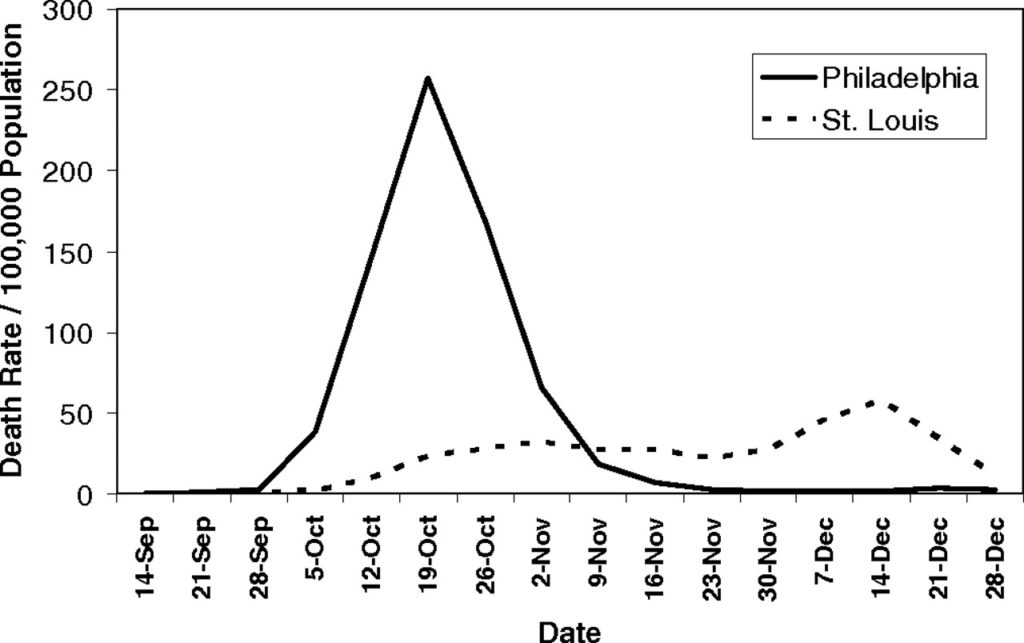What City Observatory this week
Exploding whales and cost overruns. For years, the Oregon Department of Transportation has been pushing a mile-and-a-half long freeway widening project at Portland’s Rose Quarter, telling the Legislature in 2017 that it would cost $450 million. That number has now ballooned to nearly $800 million, and could easily go over a billion dollars with the cost of making freeway overpasses strong enough to support buildings. Our review of recent largest ODOT projects shows that overruns aren’t so much a bug as a regular feature, with most large projects being 200 percent or more over budget by the time they’re completed.
Explosive cost-overruns are reminiscent of ODOT’s experience trying to move stranded whale corpse off an Oregon beach, an event still ranked as one of the most viewed youtube videos of all time. Once again, ODOT has miscalculated and it’s raining blubber.

Must read
1. Freeway revolts are back. You may think of freeway revolts–widespread public opposition to building and expanding freeways in urban areas–as a relic of the 1960s or 1970s, but thanks to the dinosaur like tendencies of state highway agencies, they’re back. CityLab’s Laura Bliss describes plans to widen freeways in Houston and Portland, and the emergence of citizen efforts to push back, in the name of protecting the climate, health and safety, and urban spaces. Houston is planning to spend upwards of $7 billion to widen I-45; Portland is looking at $800 million (and possibly more than a billion) to widen I-5. In both cities, coalitions of citizens and neighborhood groups are fighting these efforts. Houston City Council member Letitia Plummer clearly sees the freeway decision as pivotal to the city’s future:
“This is the moment in Houston’s history where the decisions we make now will affect every single thing we do for the next three to five generations.”
And the idea that Portland, a self-styled environmental leader, would be widening a freeway in the face of climate change is a shocker.
Players in Houston’s freeway fight said that they were surprised to hear that the Oregon city is struggling with the same problems.[Michael Skelly, a local businessman and founder of the Make I-45 Better Coalition] said. “You’d think in Portland they’d be over it,.
The institutional inertia of the highway building bureaucracies, and their ability to deftly forget the role that their freeways played in decimating cities and neighborhoods decades ago, and their willingness to ignore the threat of climate change means that bitter freeway battles are likely to play out in more and more places in the years ahead.
2. Privacy, Transparency, and Accuracy challenge big data. The growing avalanche of location-based information gathered by telecommunications companies, financial institutions, and internet providers is a potential treasure trove of information about travel behavior. Alphabet spinoff Replica is selling a sanitized and synthesized version of its location data to cities for use in transportation planning. One of the early adopters is Portland’s metro, which hopes to use the data to plan roads and transit. But the usefulness of the data is clouded by a combination of privacy concerns, and the company’s secrecy. As Kate Kaye relates at Fast Company, Replica has been far from transparent in explaining where its data comes from. And while the data is anonymized, and is further massaged to create “synthetic” data on trip origins, destinations, and speeds, there are concerns it could be used in a way that violates user’s privacy. And because Replica won’t share the original data or fully explain how its modeled, its difficult or impossible for Metro to independently verify its accuracy: Does it fully reflect trips by every demographic group, and accurately capture trips by non-car modes of travel? Big data could potentially be useful, but not if it comes from a black box process that makes it possible to check for incompleteness or bias.
3. Frank talk about climate change and vehicle miles traveled in California. California is leading the nation in thinking seriously about the kinds of changes that will be needed to reduce greenhouse gas emissions. For years, California has regulated vehicle emissions more stringently than the federal government, and is actively promoting vehicle electrification. But despite the hopes of some that EVs will be a magical technical fix, all of the evidence from California suggests that the state will also needed to dramatically reduce the number of car miles driven. Air Resources Board Chair Mary Nichols and Transportation Secretary David Kim agreed that while electrification will help, vehicle travel has to be reduced. Kim said:
“Promoting greater use of EVs is clearly a key strategy, but also: reducing VMT and encouraging mode shift. We need to have safe, accessible, affordable, reliable, and frequent ways of traveling. The more people walk, bike, and use shared mobility including transit the better it will be for everyone.”
The state has done its homework on this question. University of California, Davis professor Susan Handy, who’s done the math for the state, says that California will need to significantly reduce VMT by a combination of promoting denser development and providing alternatives–transit, walking, cycling–and also adopt policies that reflect to car drivers the physical, social and environmental cost of driving, through parking pricing and road pricing. Streetsblog explained:
“It’s pretty clear we will also need to wield a stick,” said Professor Handy. That means making driving less attractive by making it more expensive–“pricing parking, cordon pricing, it all needs to be on the table”–as well as less convenient. One place to start would be replacing parking minimums with parking maximums–that is, instead of requiring the provision of free parking everywhere, capping the number of parking spots that encourage people to drive by giving them a free place to store their car. Another strategy is closing streets to private vehicles, as San Francisco recently did on Market Street. Handy also pointed out that “congestion itself is a deterrent to driving. Clogged roads is an incentive for people to get out of cars.” This is especially true if transit is not stuck in that traffic.
New Knowledge
In the News
Houston’s Kinder Institute published a version of our commentary on the missing counterfactuals in gentrification research as “Is non-gentrification the real threat to neighborhoods?”



